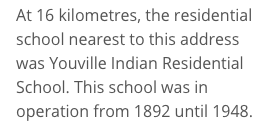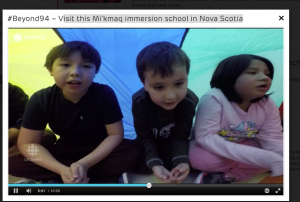The First Peoples Guide for Newcomers developed by the City of Vancouver is a comprehensive guide intended for those new to Vancouver and BC. It offers information on the local First Nations, myths about Indigenous peoples, the relationship with Canadian government, truth and reconciliation, and culture in general. I can see this guide being useful to both immigrants new to Vancouver and even locals who have lived here their entire lives. The information presented in this document fills in many of the gaps BC schools have created for so many years, and I am sure much of the guide will be novel for Vancouverites.







